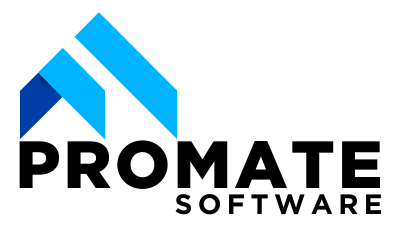Agile Project Management is a dynamic approach to managing projects, especially in fast-paced or changing environments. It emphasises adaptability, iterative progress, and collaboration, making it highly relevant for modern project teams. This glossary entry provides a comprehensive overview of Agile, its core principles, and popular methodologies.
Definition by PMI
According to the Project Management Institute (PMI), Agile is “a method based on iterative development, where requirements and solutions evolve through collaboration between self-organising cross-functional teams.” PMI recognises Agile as one of the key frameworks under its PMBOK® Guide – Seventh Edition, especially for projects requiring flexibility and speed.
Agile Principles
Agile is guided by the Agile Manifesto, which values:
- Individuals and interactions over processes and tools
- Working software over comprehensive documentation
- Customer collaboration over contract negotiation
- Responding to change over following a plan
These values are supported by 12 key principles focused on early and continuous delivery, simplicity, and team empowerment.
Key Agile Methodologies
Scrum
Scrum is a time-boxed, sprint-driven methodology that includes specific roles such as the Scrum Master, Product Owner, and Development Team. Work is broken into “sprints” lasting 1–4 weeks, with a focus on delivering incremental value.
Kanban
Kanban is a visual framework that uses a board and cards to track progress. It limits work in progress (WIP) to maintain flow and increase focus. It’s highly effective for operations and support teams.
Lean
Derived from lean manufacturing, this methodology focuses on eliminating waste, optimising resources, and delivering value as quickly as possible. Lean is the foundation for many Agile practices.
Extreme Programming (XP)
XP is a software development-centric methodology emphasising technical excellence, pair programming, continuous integration, and test-driven development. It’s highly effective in tech-driven teams.
DSDM
Dynamic Systems Development Method (DSDM) was one of the earliest formal Agile frameworks. It emphasises the full project lifecycle, timeboxing, and prioritisation using MoSCoW (Must have, Should have, Could have, and Won’t have).
Benefits of Agile Project Management
Agile provides a range of benefits to project teams and organisations, including:
- Increased customer satisfaction through continuous delivery
- Improved project visibility and stakeholder engagement
- Greater team collaboration and morale
- Enhanced risk management by identifying issues early
📊 Stat: According to PMI’s 2023 Pulse of the Profession report, 71% of organisations report higher project success rates when using Agile approaches.
When to Use Agile
Agile is best suited for:
- Projects with evolving requirements
- Software development or digital transformation efforts
- Cross-functional teams requiring frequent iteration
- Start-ups or innovation-focused projects where speed matters
When to Use Agile
Agile is best suited for:
- Projects with evolving requirements
- Software development or digital transformation efforts
- Cross-functional teams requiring frequent iteration
- Start-ups or innovation-focused projects where speed matters
Frequently Asked Questions
What makes Agile different from traditional project management?
Agile is iterative and flexible, whereas traditional (Waterfall) approaches are linear and sequential. Agile adapts to change; Waterfall plans for it upfront.
Is Agile suitable for non-tech industries?
Yes. Agile is increasingly adopted in industries like marketing, HR, and even construction due to its adaptability and team focus.
Do you need certification to implement Agile?
Not necessarily, but certifications such as PMI-ACP or Certified ScrumMaster (CSM) can enhance credibility and understanding.
What’s the role of a Product Owner in Scrum?
The Product Owner manages the product backlog, prioritises tasks, and ensures that the team delivers maximum value to the business.
How long should an Agile sprint be?
Sprints typically last between 1 to 4 weeks, depending on team preference and project complexity.
Can Agile and Waterfall be used together?
Yes. This hybrid approach is called Wagile or Agile-Waterfall hybrid, and it’s useful in projects with both fixed and flexible components.
Is Agile more expensive than traditional methods?
Not inherently. Agile can reduce long-term costs by minimising rework and ensuring early detection of issues.
Conclusion
Agile Project Management is more than just a buzzword—it’s a transformative way of working that empowers teams to deliver value quickly and adapt to change. Whether you’re exploring Scrum, Kanban, or Lean, Agile offers frameworks that align with modern business demands.
Explore how Promate can help your team implement Agile methodologies effectively—get in touch with us today.



